On May 7, 1966, Martin Litton, a member of the Sierra Club’s board of directors, cast a fateful vote against the construction of a nuclear plant in Diablo Canyon, California. Little did anyone know that this decision would mark the beginning of a prolonged struggle against nuclear energy, a battle that would ultimately lead to higher carbon emissions and hinder the progress of clean energy alternatives.
In the 1960s, nuclear energy enjoyed a stellar reputation as the safest, cleanest, and most reliable power source. Even staunch environmentalists, such as Ansel Adams, a Sierra Club director, recognised its potential as a practical alternative to the environmental issues associated with burning oil and coal. However, a faction within the Sierra Club, led by Litton, held a different agenda rooted in radical anti-growth and anti-human sentiments.
Litton’s infamous quote, ‘You don’t need power … you can go back to using a spear and picking berries,’ encapsulates his rejection of California’s economic growth.
This agenda became a cornerstone of a wider anti-nuclear activists’ narratives, inaccurately equating nuclear energy with nuclear bombs and spreading unfounded fears about radioactivity. Their successful campaign introduced stringent regulations, drove up construction costs, and led to the abandonment of numerous nuclear projects, resulting in the demise of nuclear energy in the United States.
To debunk the unwarranted fear factor surrounding nuclear energy and underscore the true risk perspective, consider this graph comparing different energy sources, showing how nuclear rates on deaths per unit of electricity production. It’s self-explanatory.
However, Californian policymakers and communities fell into the trap of the activist nuclear dystopia. Once a beacon of clean energy driven by nuclear power, the state leans heavily on gas following the closure of most nuclear power stations, becoming the US’s second-largest gas consumer. The consequences of this shift were evident in the summer of 2,000 when southern California faced record-high retail electricity prices, temporary power outages in the north, and three critical challenges: surging wholesale prices, intermittent power shortages during peak demand, and financial instability for major utilities.
In 2020, the California Independent System Operator’s experts sounded a dire alarm, cautioning that the impending retirement of the last nuclear plant would mark a ‘critical inflection point’. They warned that this transition could pose a threat to grid reliability, compelling a precarious dependence on heightened fossil fuel consumption.
As California grappled with pressing climate-driven extreme heat events, the fate of Diablo Canyon, the state’s final nuclear plant scheduled to shut down by 2025, took a surprising turn and was given renewed life, unexpectedly becoming a pivotal asset, highlighting the essential role of nuclear energy in maintaining grid resilience during climatic extremes.
California has set ambitious climate targets and has invested heavily in solar, wind, and storage capacity, with plans to invest another US$9.3 billion in 46 transmission projects to accommodate the state’s renewable energy shift, enabling more than 17GW of solar generation to be added to the grid.
According to the state’s Public Utilities Commission, which oversees rooftop solar and investor-owned utilities, ‘California has done more for the solar industry than any other state in the nation by providing billions in rebates and incentives since 2006.’
But despite ongoing investments in renewable energy, the truth is there are grid connection delays and a growing bundle of supply chain challenges that are costing taxpayers and hampering clean energy goals, including the need to align its growing peak power demand during summer heatwaves with a corresponding expansion in battery storage capacity.
Californians continue to contend with some of the nation’s highest residential electricity bills, averaging 26.72 cents/kWh in October 2023. In stark contrast, residents in states like Illinois pay 15.83 ¢/kWh, South Carolina 14.47 ¢/kWh, Virginia 14.27 ¢/kWh, and Tennessee 12.57 ¢/kWh—all of which rely on nuclear energy production.
Michael Shellenberger, co-founder of the Breakthrough Institute, questioned the efficiency of renewables in comparison to nuclear generation: it takes 450 times more land to generate the same amount of electricity from solar power as it does from nuclear, which makes nuclear power’s energy density an environmentally favourable option compared to the extensive land and material requirements of solar power. A 1,000-megawatt wind farm needs 360 times more land than a similar-capacity nuclear facility, while a solar plant requires 75 times more area.
Additionally, the International Energy Agency found that offshore wind requires 15.5 tonnes of critical minerals per megawatt, onshore wind needs 10 tonnes, and solar photovoltaics require 7 tonnes.
Thankfully, Americans are shifting away from nuclear fear, with the Biden administration boosting funding for nuclear power as part of a green transition. The focus is on developing modular, flexible next-generation nuclear plants acknowledging their potential as clean energy sources. Modular designs can offer scalability and easier integration into existing infrastructure, making nuclear power a more adaptable component of the energy mix. This move reflects a changing public perception and a commitment to address energy needs while minimising environmental impact.
Turning our attention to Germany, often celebrated as a climate leader, we find a similar narrative to California in the 60s. By 2023, Germany had eliminated nuclear energy entirely, succumbing to successful anti-nuclear campaigns led by environmentalists.
France, on the other spectrum, is committed to nuclear power, boasting a 10-fold difference in carbon emissions per unit of electricity compared to Germany. France spends just over half as much on electricity as Germany, proving that a clean energy future doesn’t have to come at an exorbitant cost. This cost-efficiency underscores the wisdom of France’s strategic investment in nuclear power.
To illustrate, these two charts show the net electricity generation for Germany and France during January 2024:
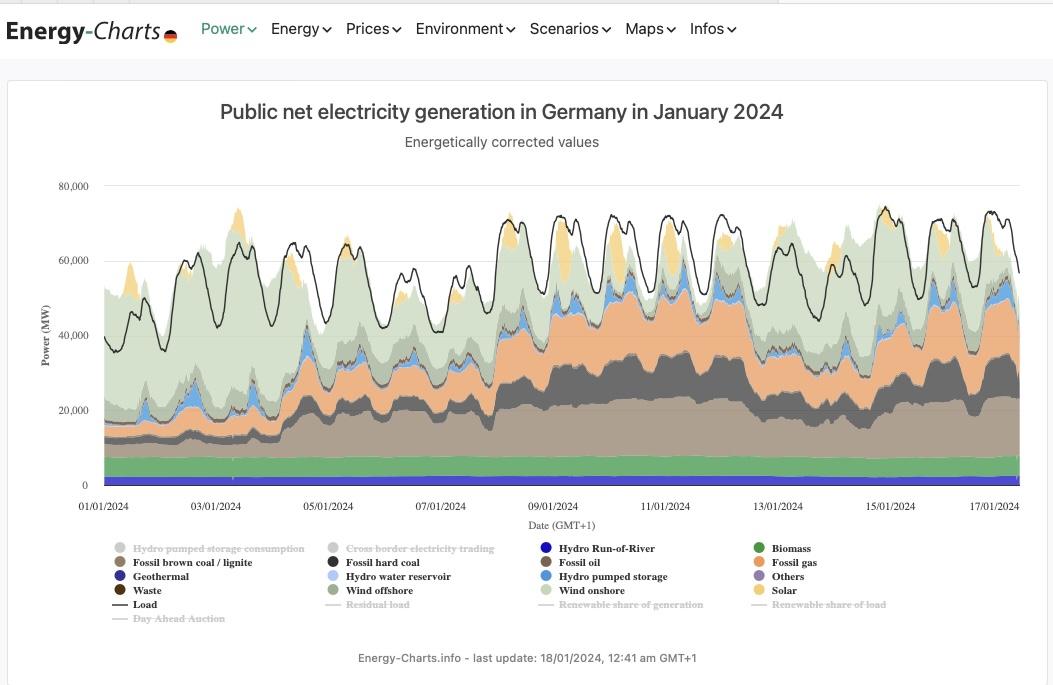
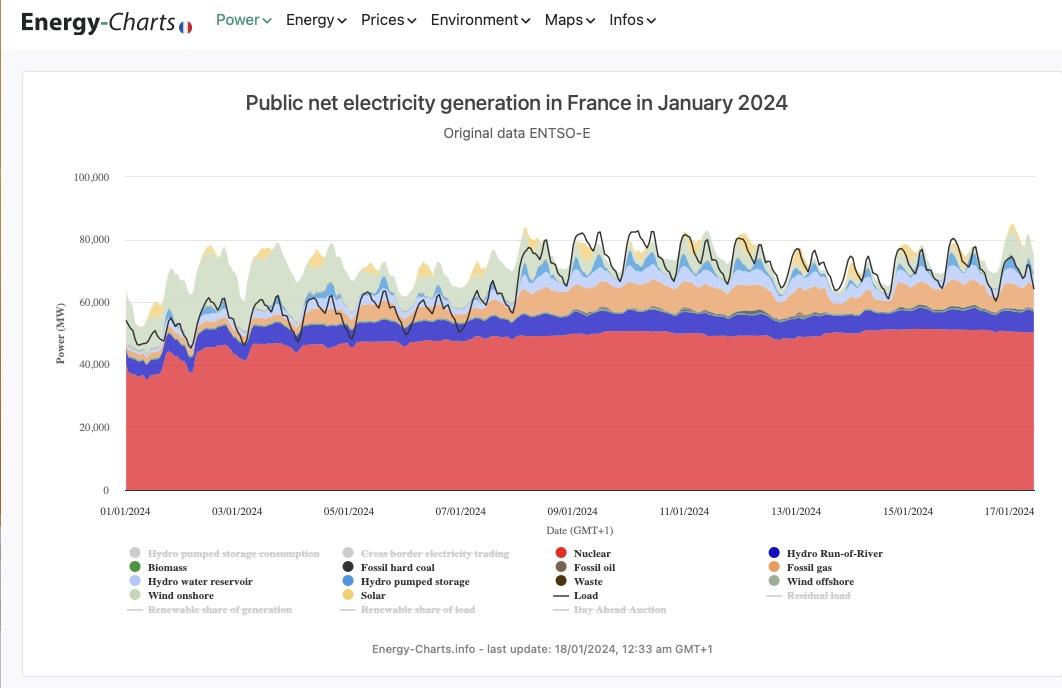
(The raw data are retrieved by Fraunhofer Institute for Solar Energy Systems ISE scientists from numerous sources on an hourly or daily basis and processed for presentation).
The German electricity grid demonstrates a notable dependence on fossil fuels, particularly hard coal, lignite, gas, and oil. While wind offshore and other renewable sources play a role, their contribution is not enough to offset the reliance on dirtier energy sources.
France has a much more stable, reliable, and environmentally friendly electricity generation mix compared to Germany.
While the costs of solar panels and wind turbines have dropped, Germany grapples with escalating electricity prices due to the inherent intermittency of solar and wind power. This economic challenge has led Germany to pay neighbouring countries to absorb excess electricity, mirroring the issues faced by California.
Over the past decade, a natural experiment between Germany and France has highlighted the undeniable advantages of nuclear power. Nuclear consistently outperformed solar and wind combined, producing twice as much electricity at a slightly lower cost.
The stories of California and Germany paint a vivid picture of the painful legacy of anti-nuclear campaigns. As we stand at the crossroads of our energy future, it is time for environmentalists and nature advocates to reconsider the often-overlooked benefits of nuclear power in the race against climate change.
Cristina Talacko is the CEO of Coalition for Conservation, an environmental charity working with centre-right politicians on energy and climate policy.
Got something to add? Join the discussion and comment below.
Get 10 issues for just $10
Subscribe to The Spectator Australia today for the next 10 magazine issues, plus full online access, for just $10.

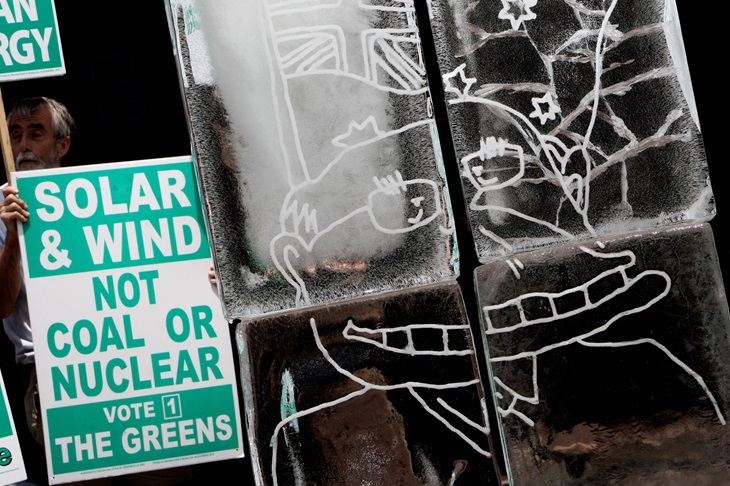
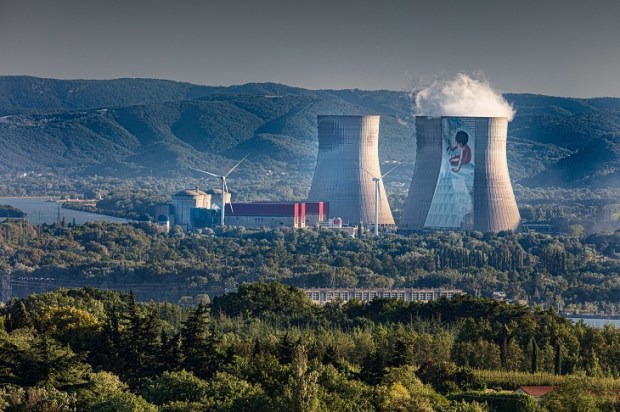
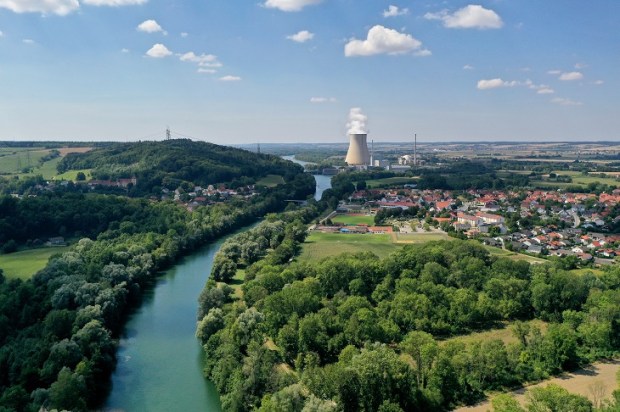

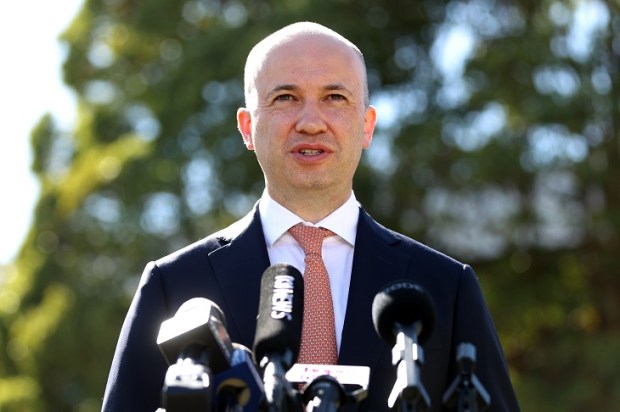




















Comments
Don't miss out
Join the conversation with other Spectator Australia readers. Subscribe to leave a comment.
SUBSCRIBEAlready a subscriber? Log in